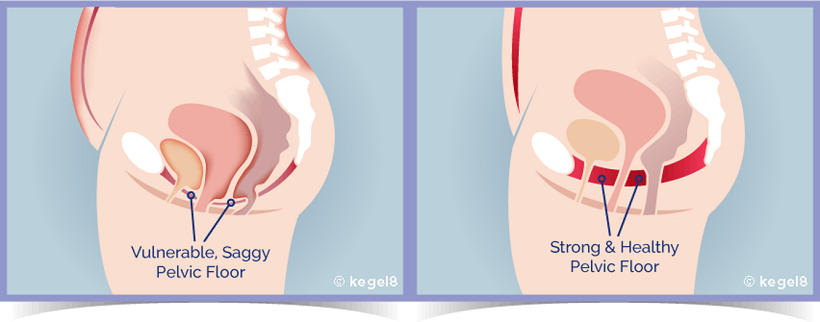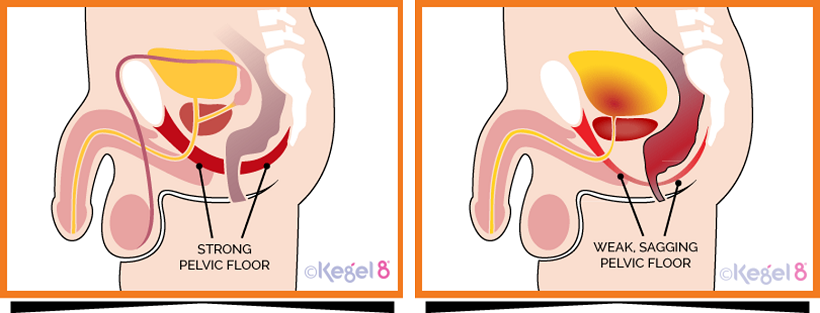
A problem shared is a problem halved, and even if you are not suffering with a pelvic floor disorder, why are you keeping this pelvic health knowledge to yourself!
Share this introduction to the pelvic floor with your friends (both female and male) to share its importance in your everyday life.
What Is the Pelvic Floor? Why Should I Give It so Much Attention?
Your pelvic floor is a band of muscles which stretch from your pubic bone to your coccyx. Acting like a hammock, your pelvic floor muscles support your uterus, bladder and bowel; protecting them from gravity and holding everything in place.
If you leave these muscles to weaken – as they naturally will for all of us (rapidly in fact if you have had children or are approaching menopause), you are knowingly putting yourself at risk of leaks when you laugh, cough, sneeze. Or, even worse, your pelvic floor muscles could give way completely resulting in a pelvic organ prolapse.
By exercising your pelvic floor muscles, you’ll start to feel the difference and in turn, understand their importance. You’ll feel more toned ‘down there’, have greater control over your bladder, and benefit from greater intimate sensation (so will your partner for that matter!)
And as for that stubborn ‘pot belly’… probably also due to a weak pelvic floor. Tightening those muscles will help draw your tummy in!
So, how do you do pelvic floor (Kegel) exercises?


Kegel's Aren't Just For Girls
Pelvic floor exercises for men are really important too. They help to prevent erectile problems and male incontinence. They also help to massage your prostate and keep it healthy.
How do you do male pelvic floor exercises?





